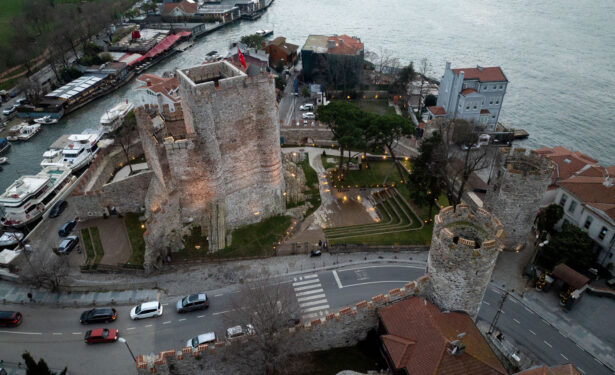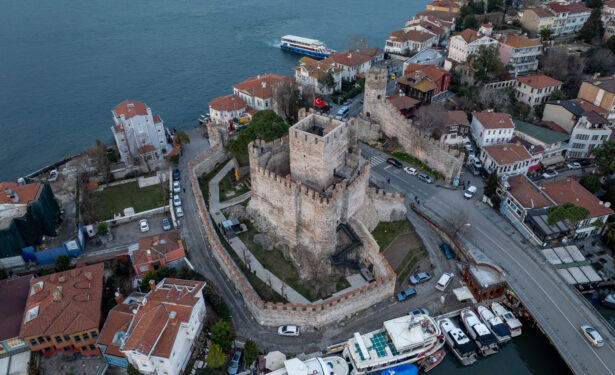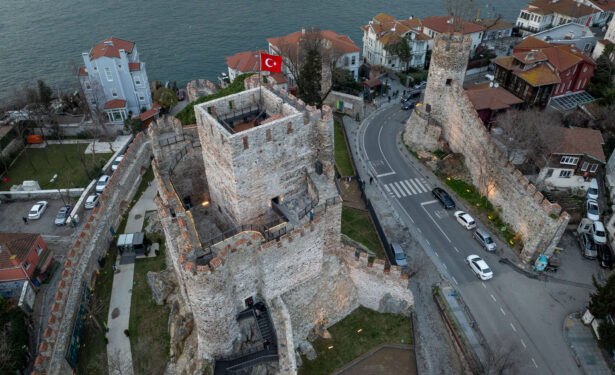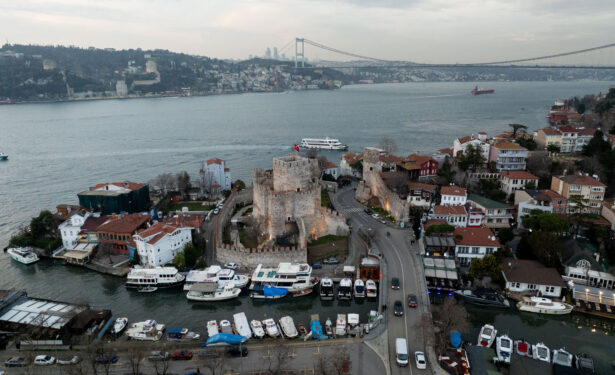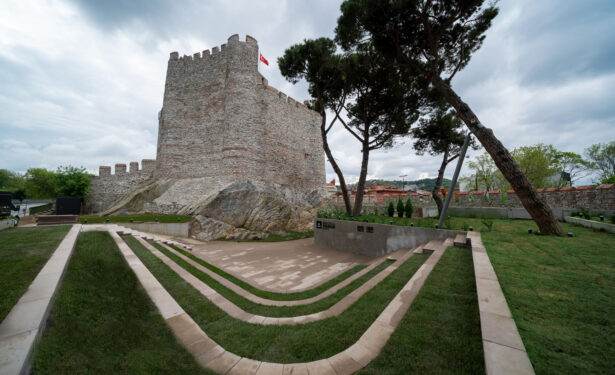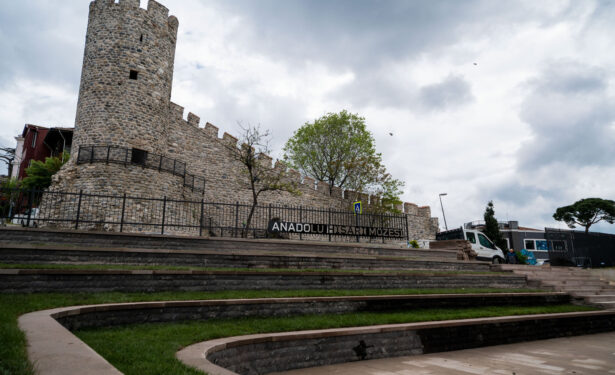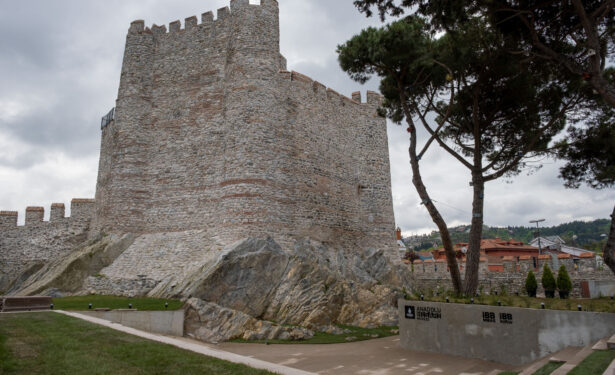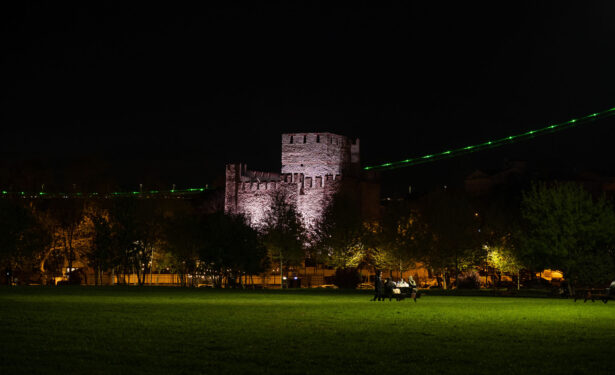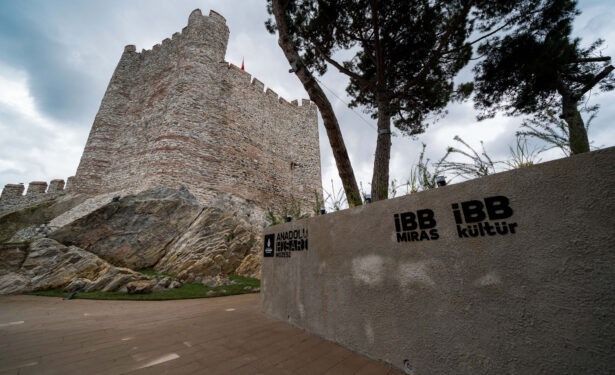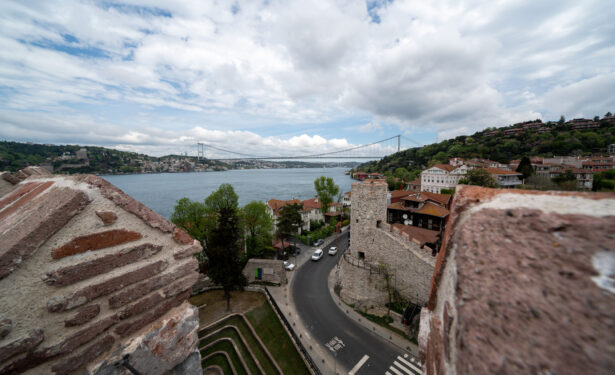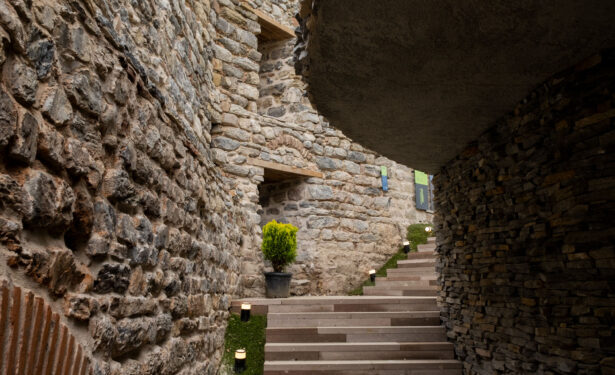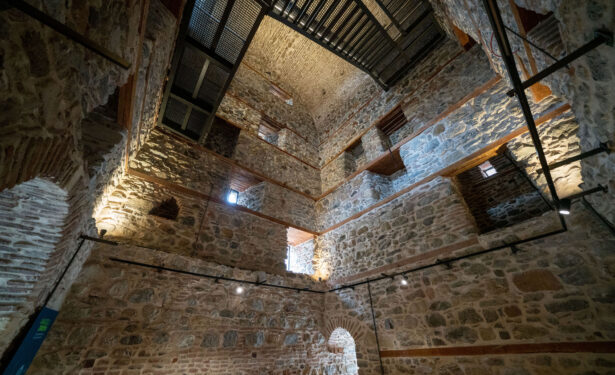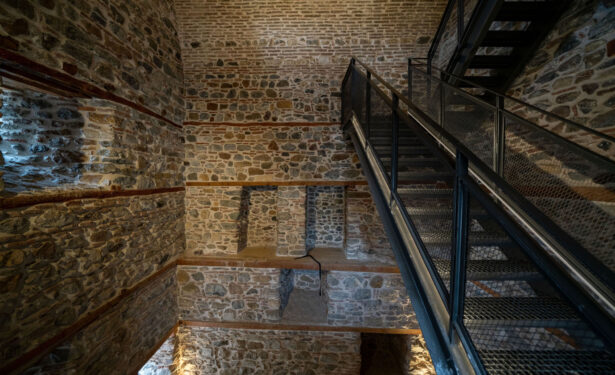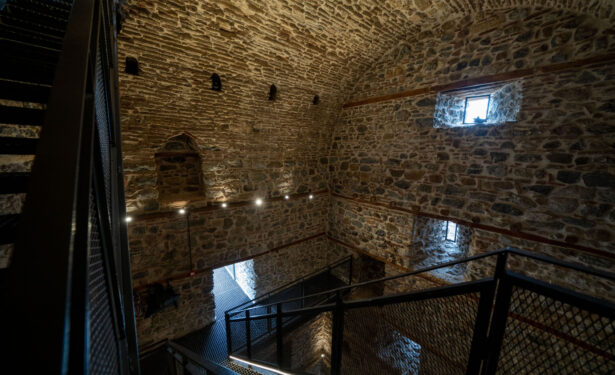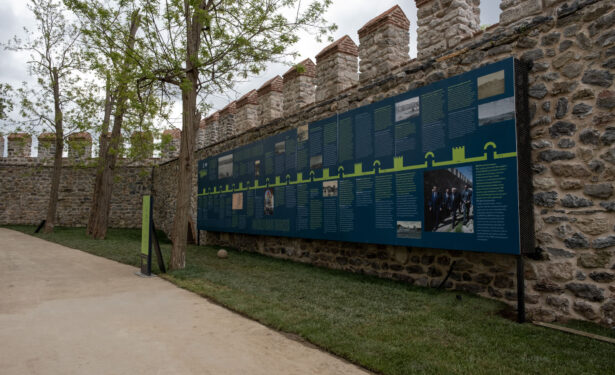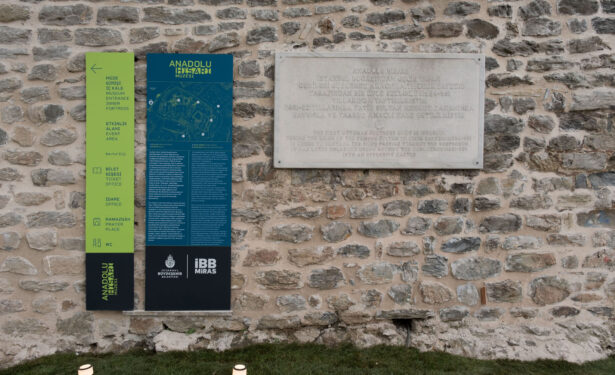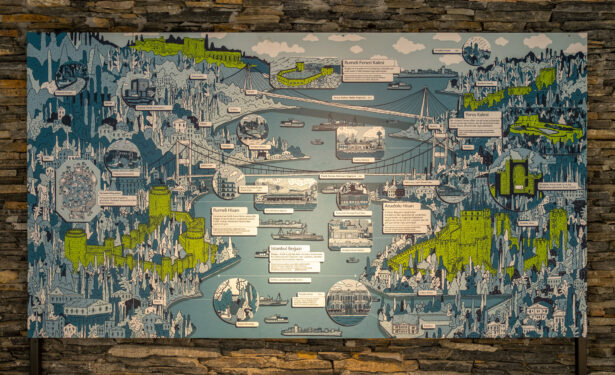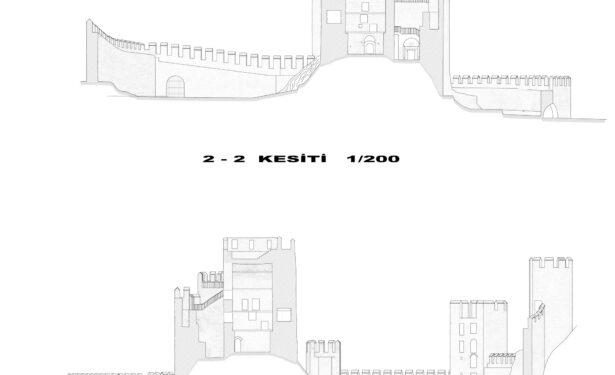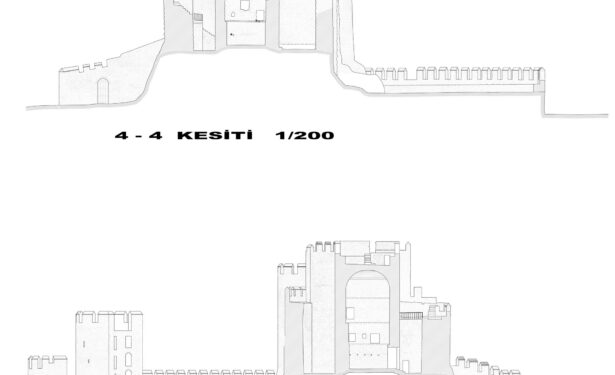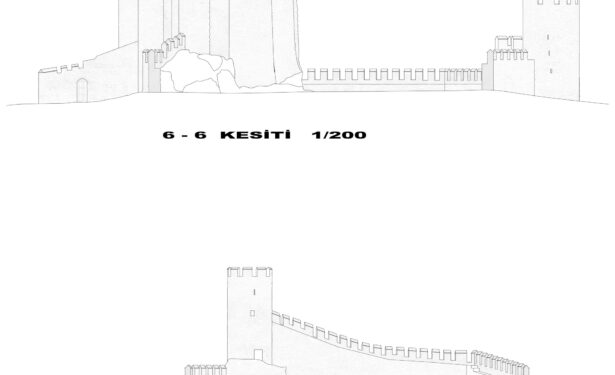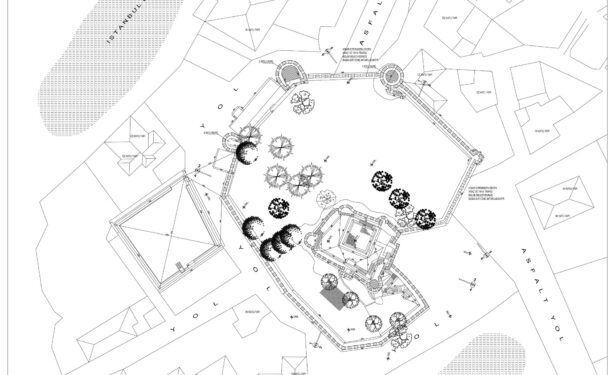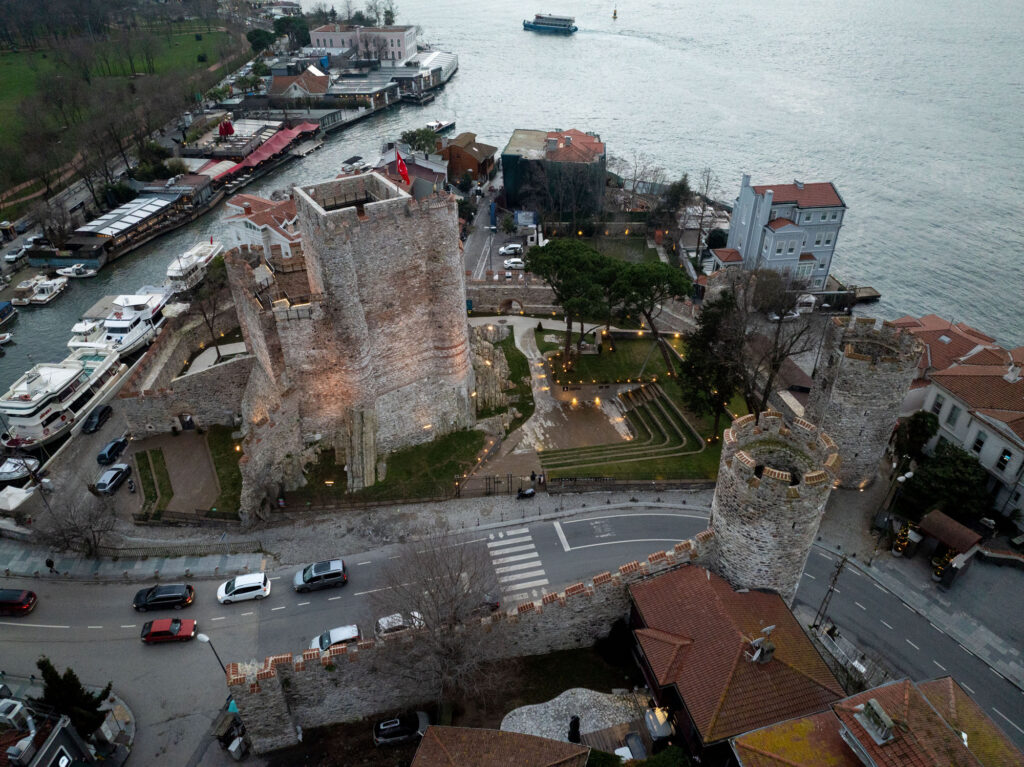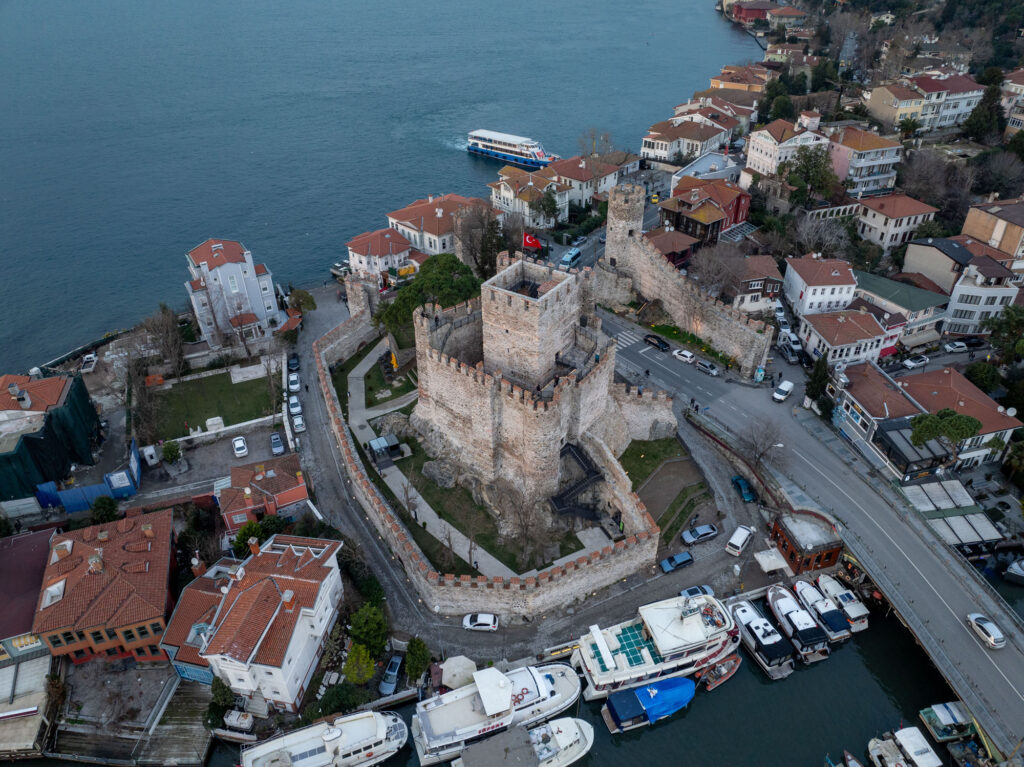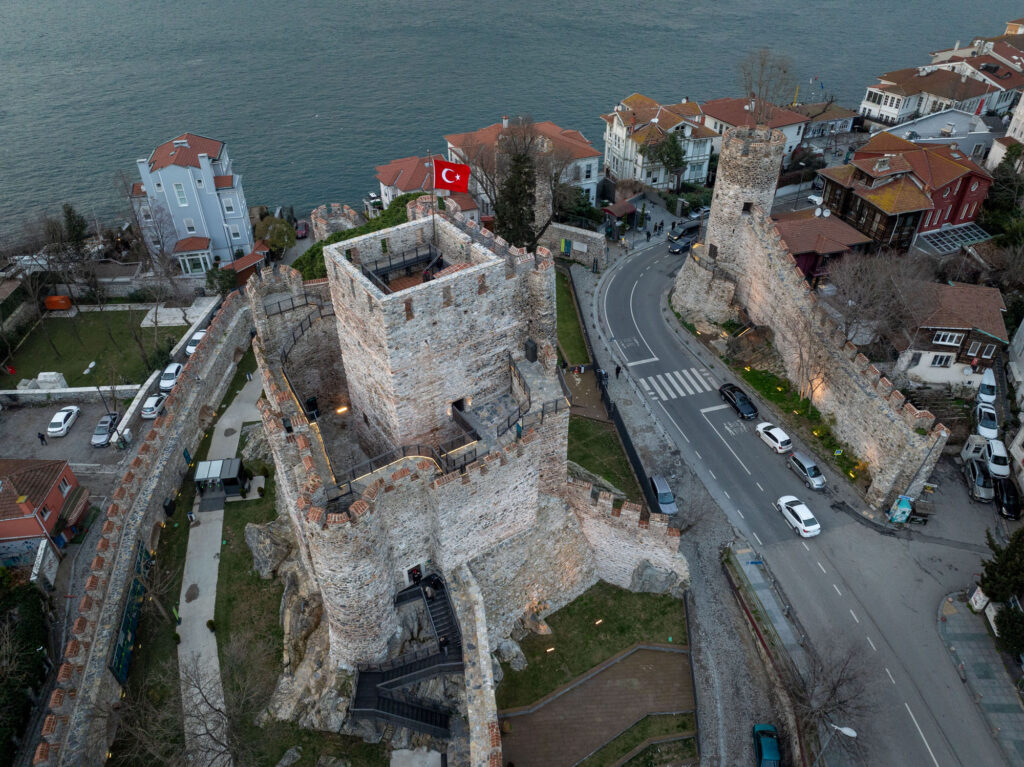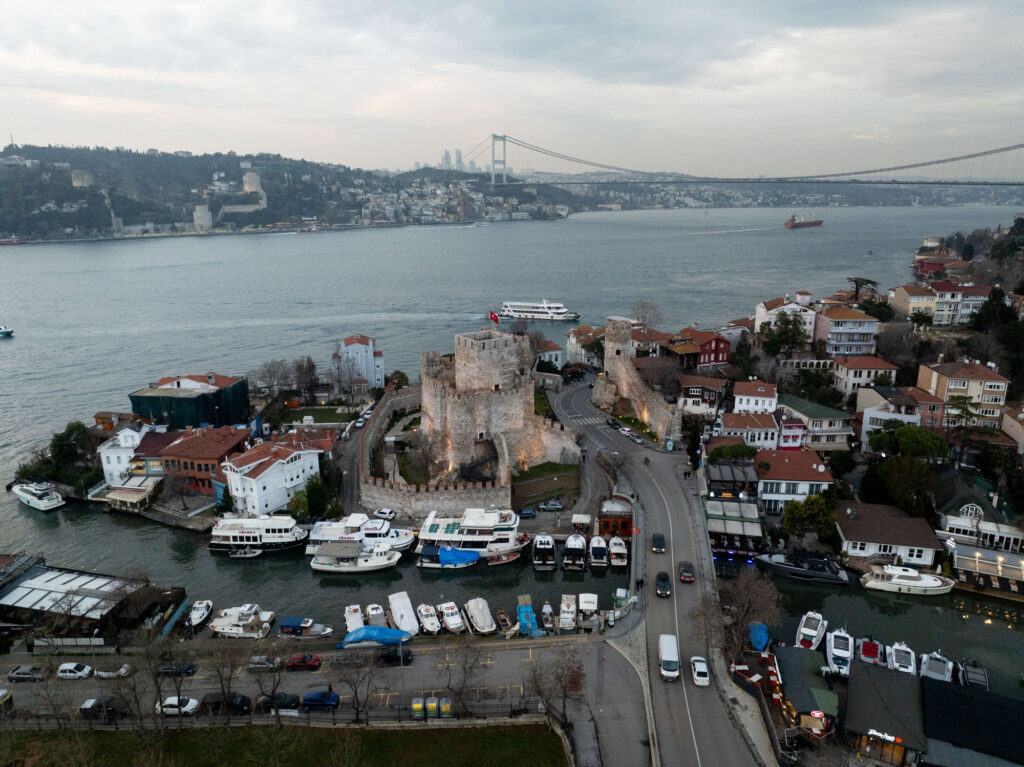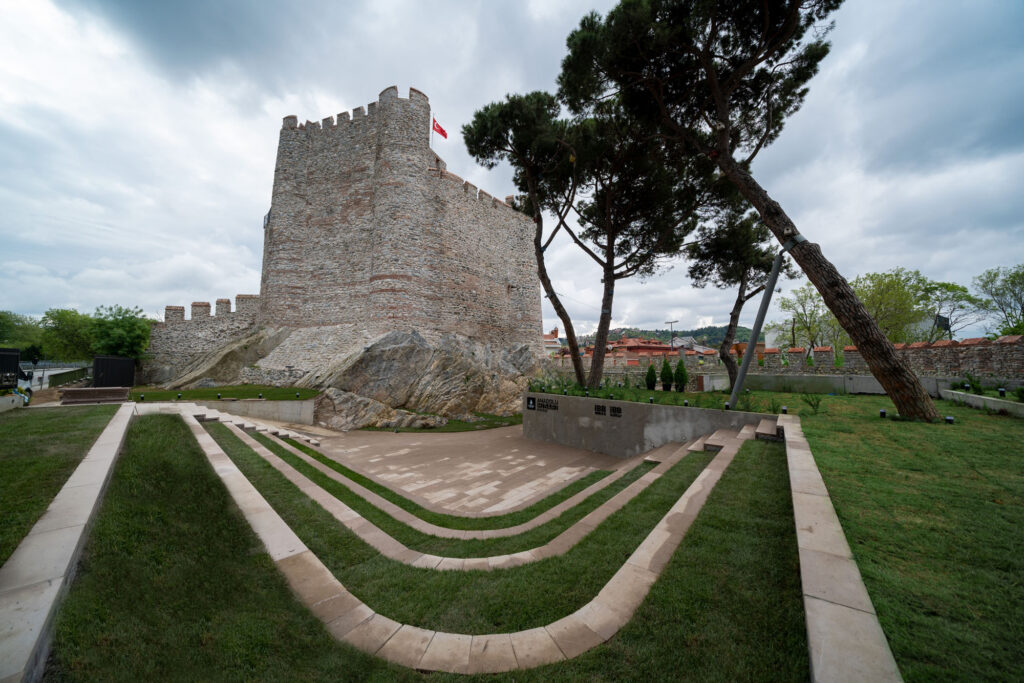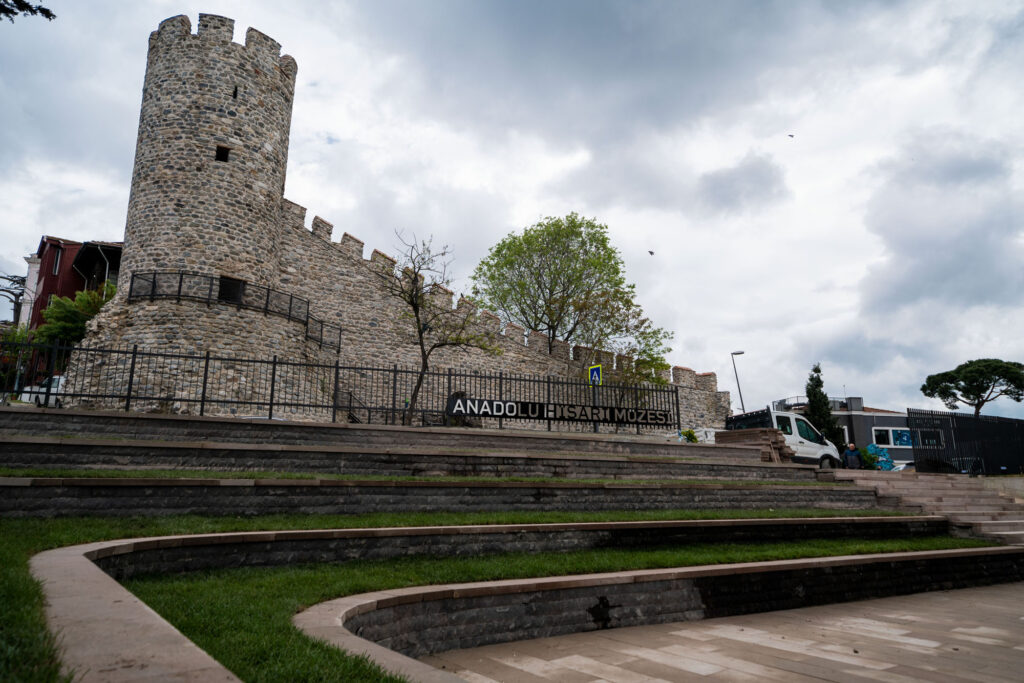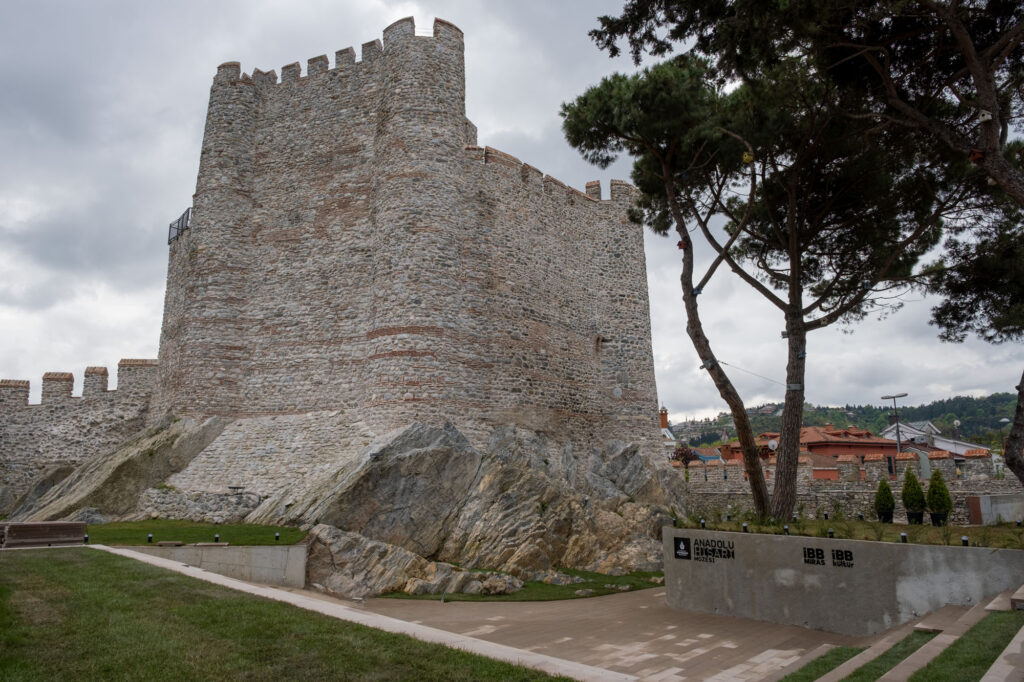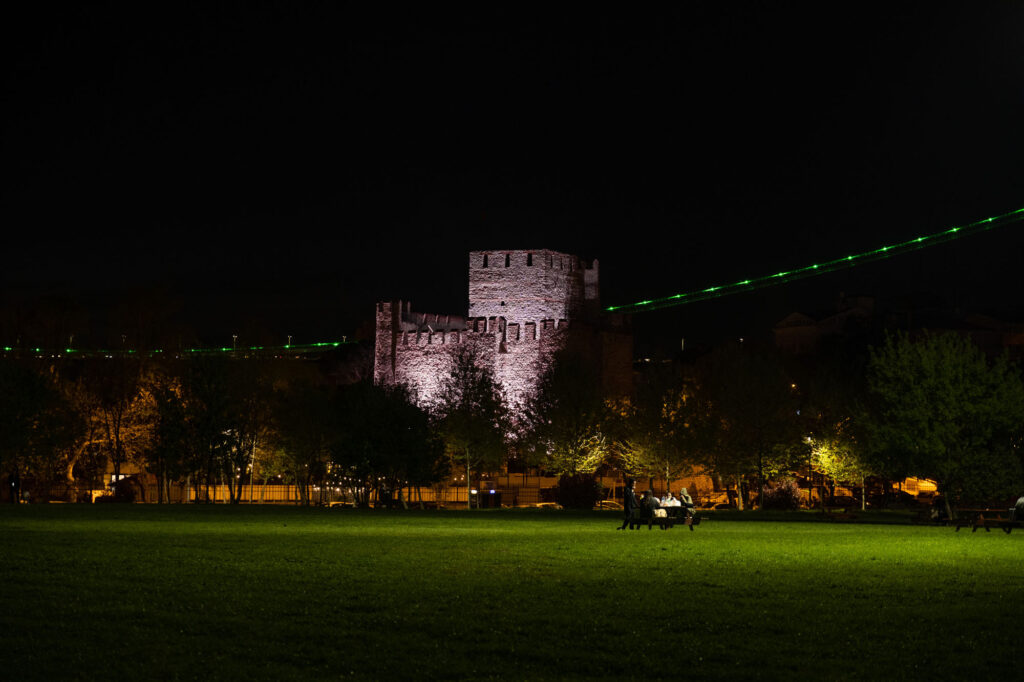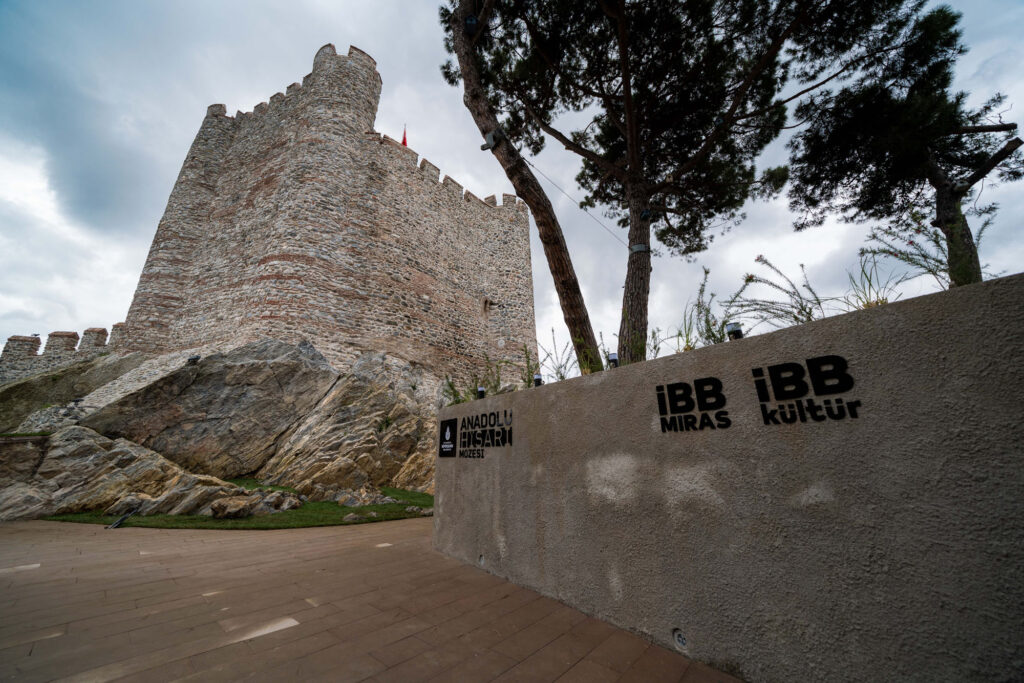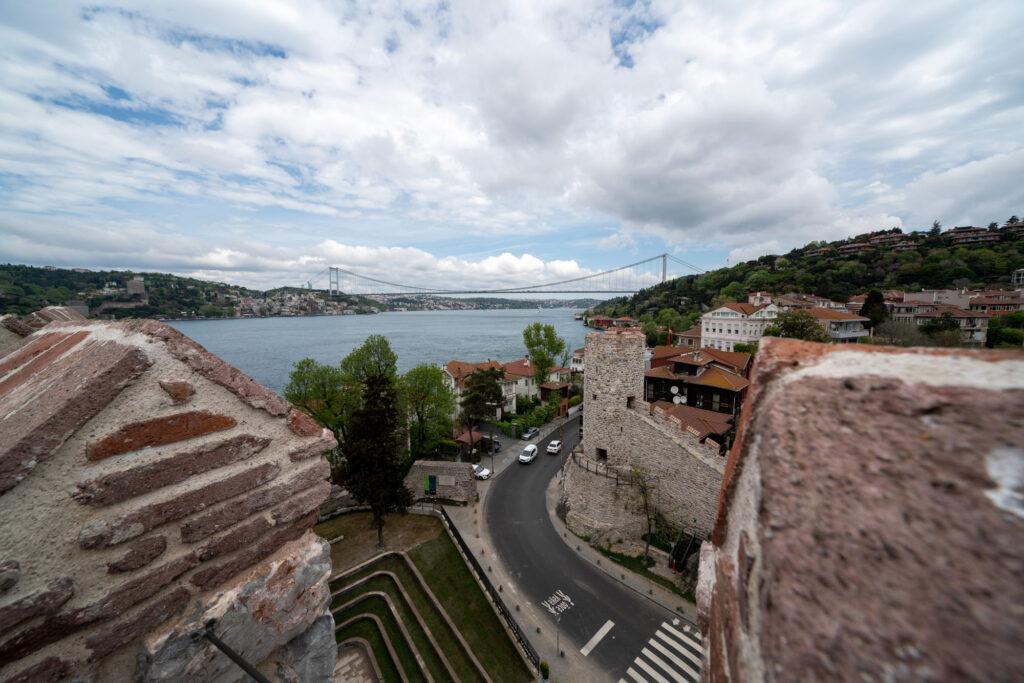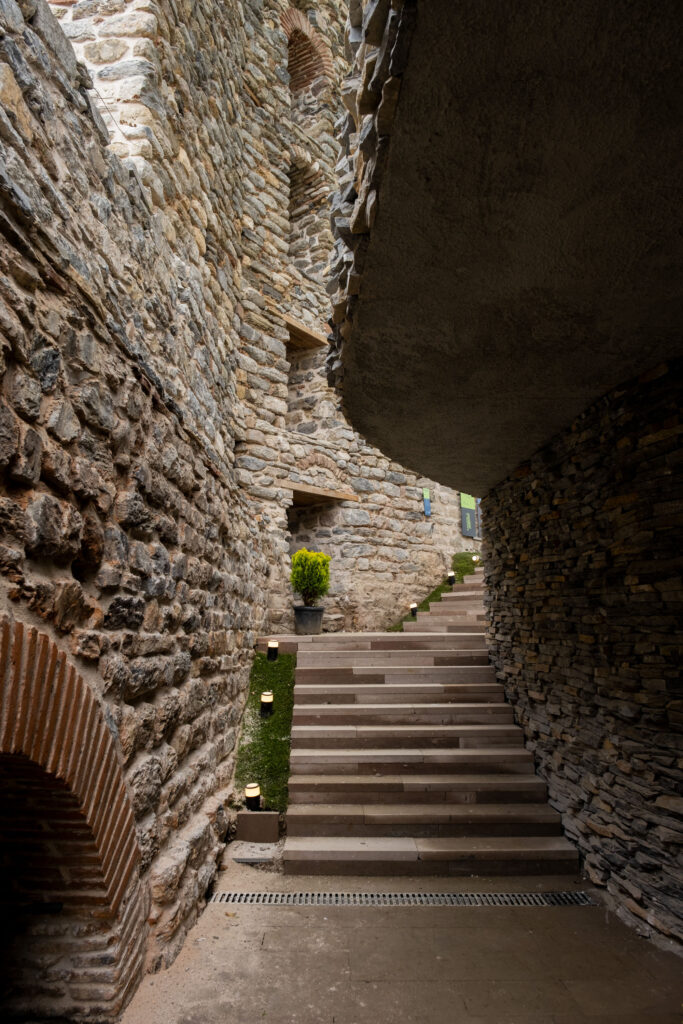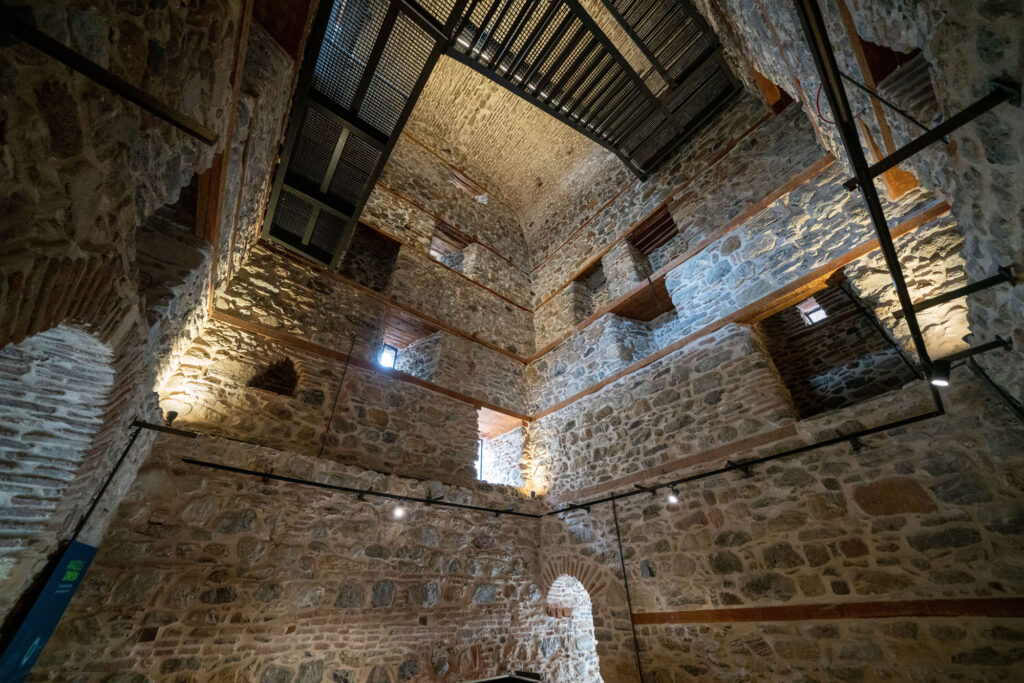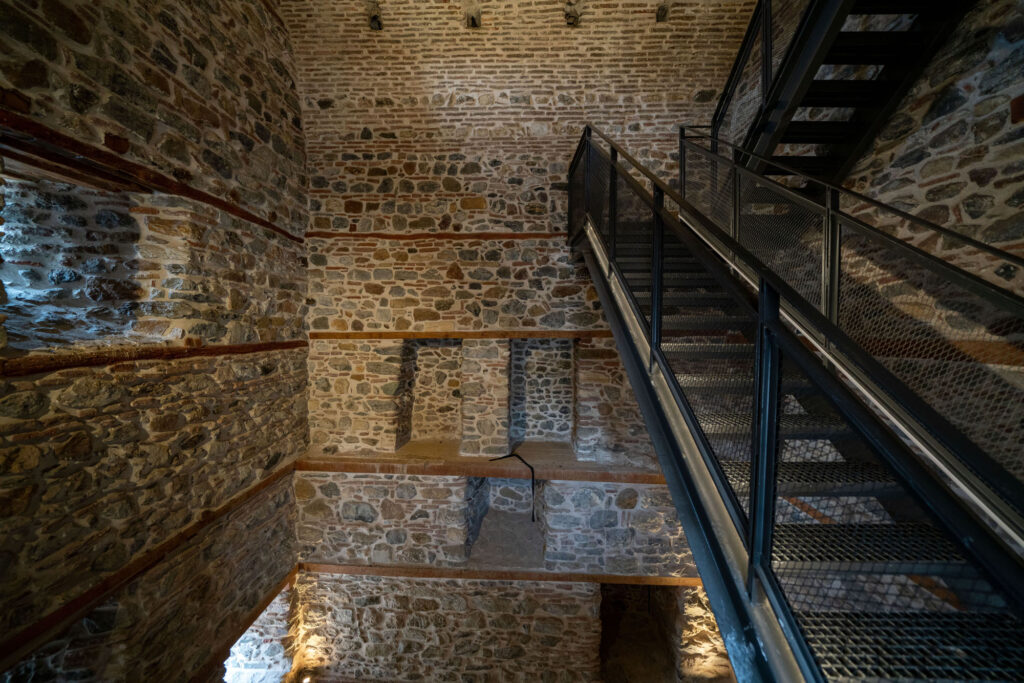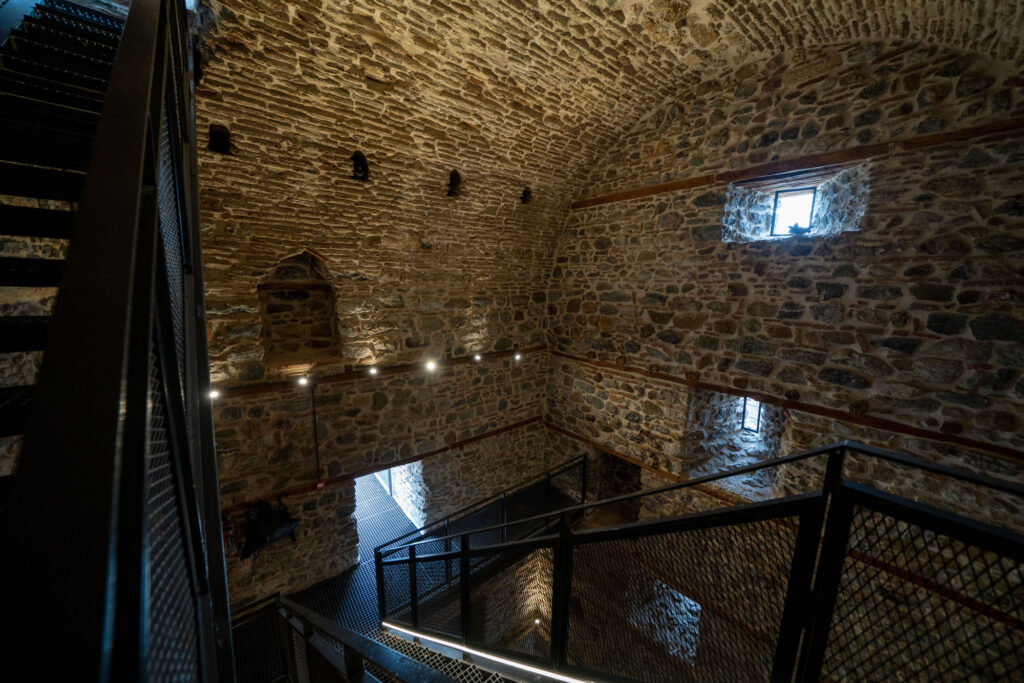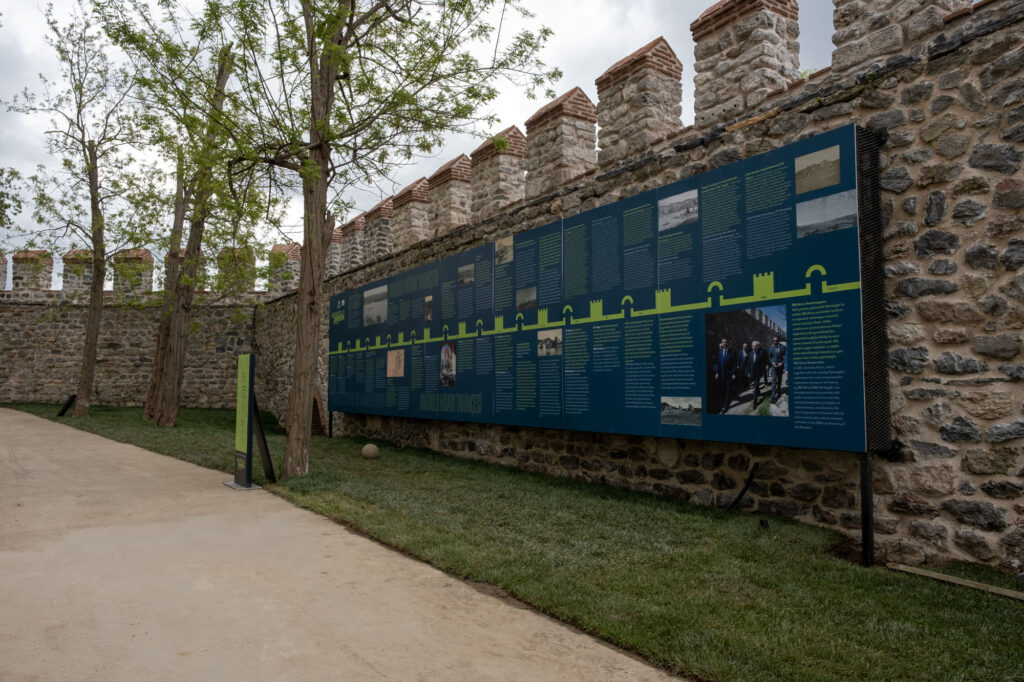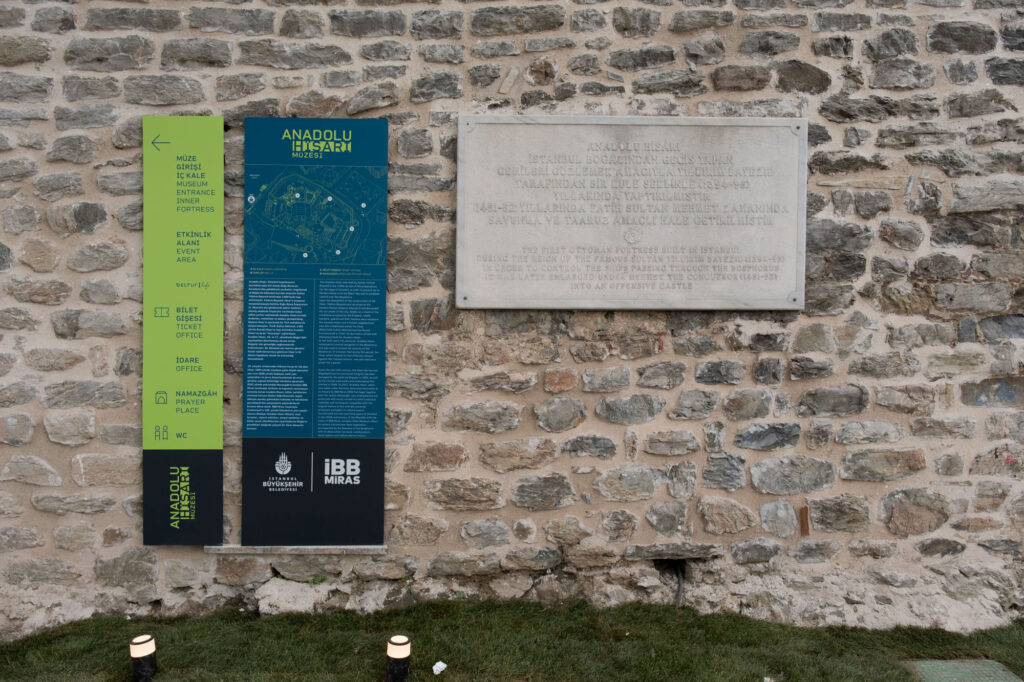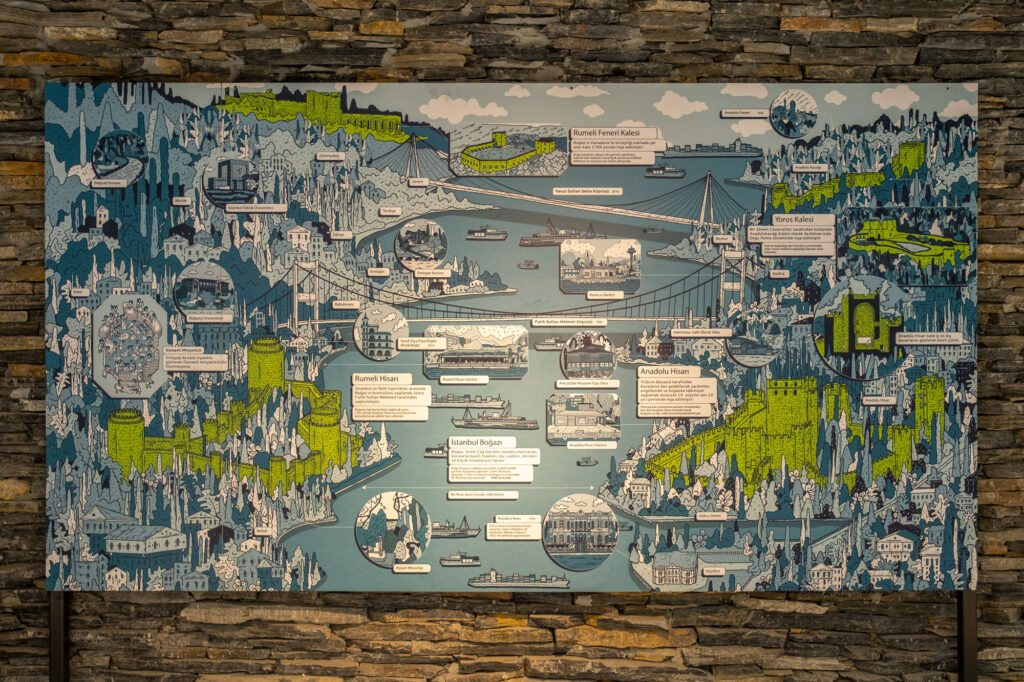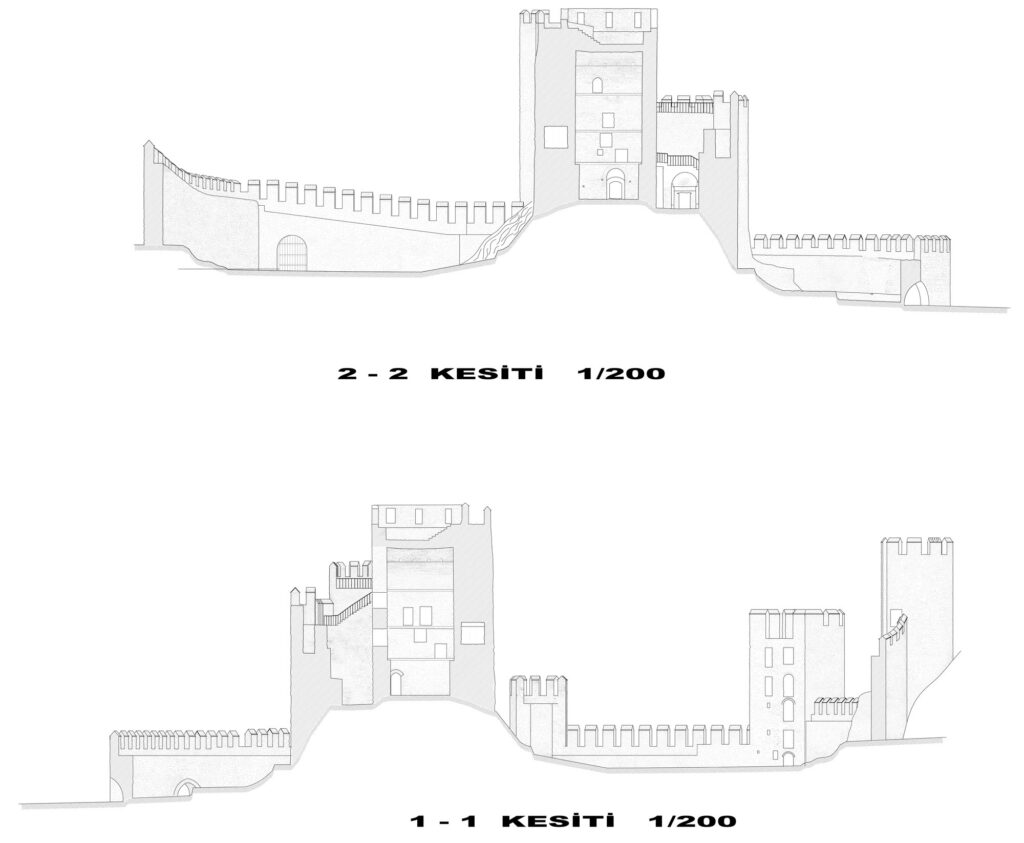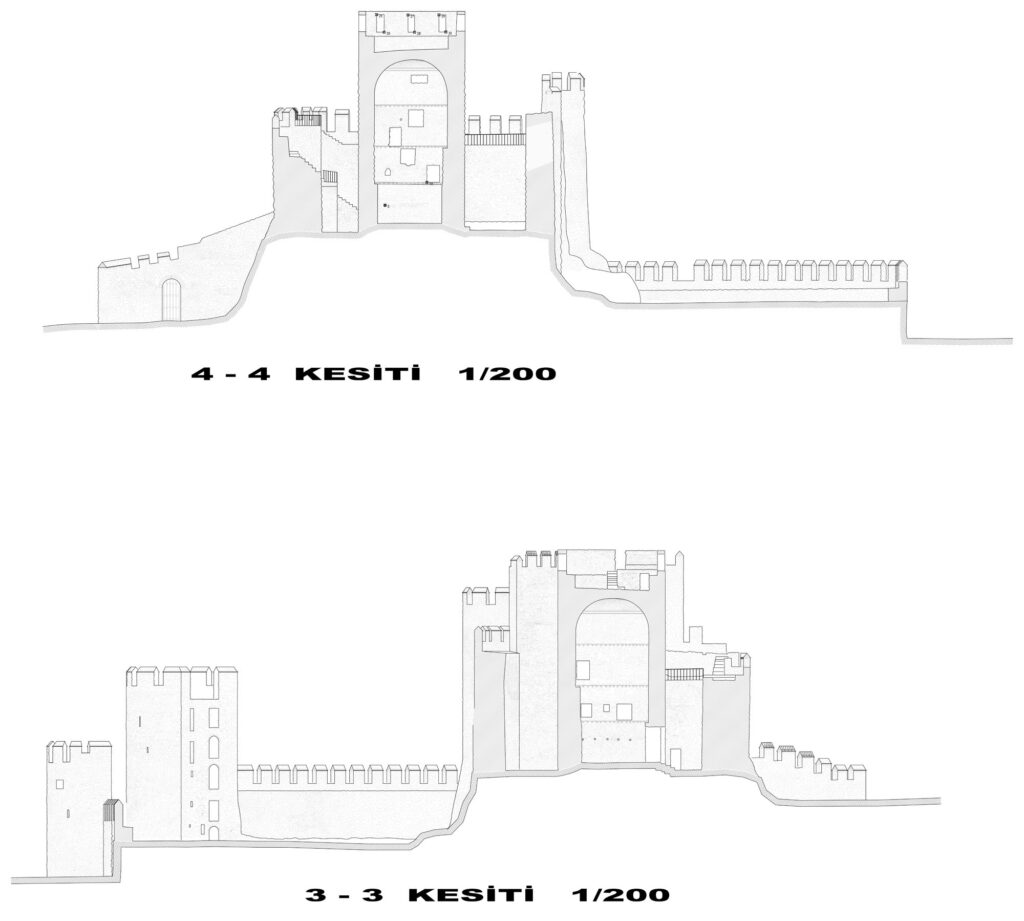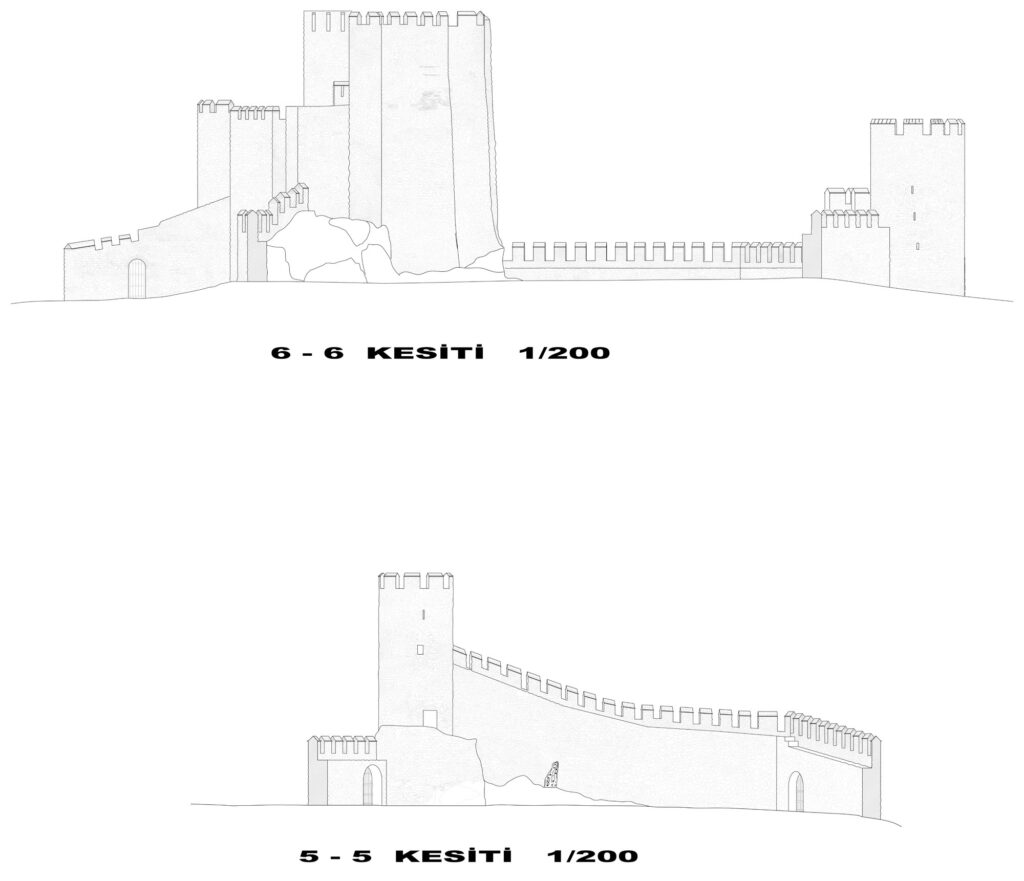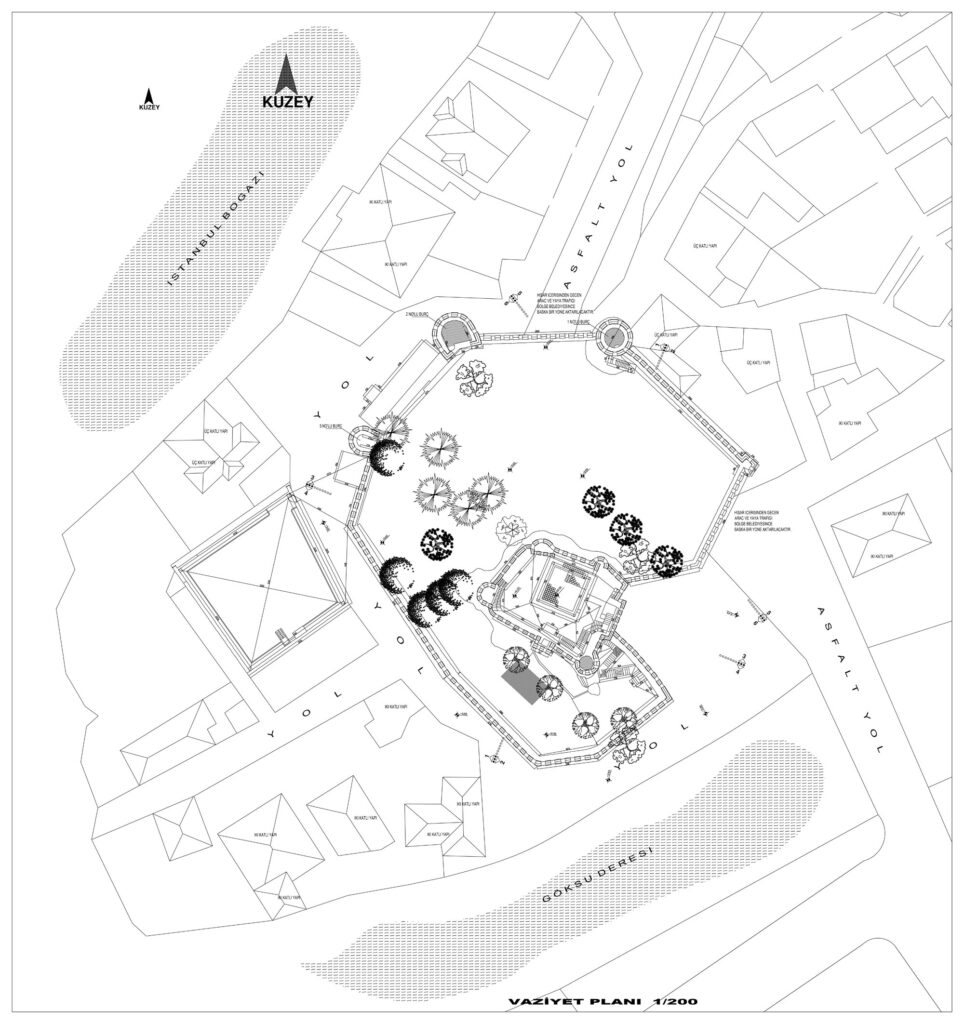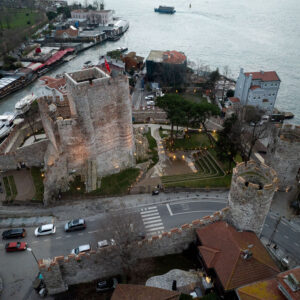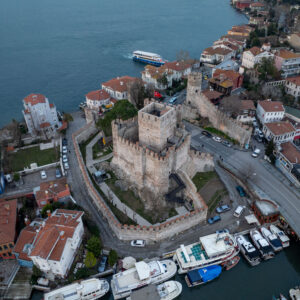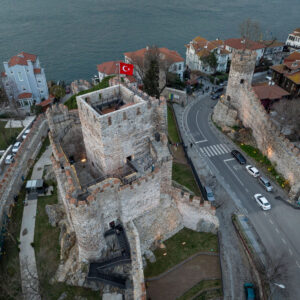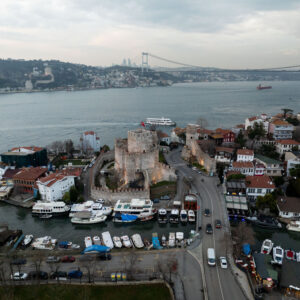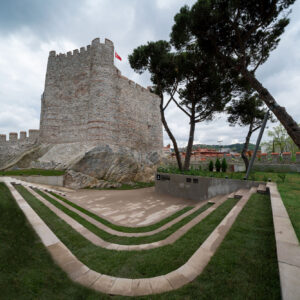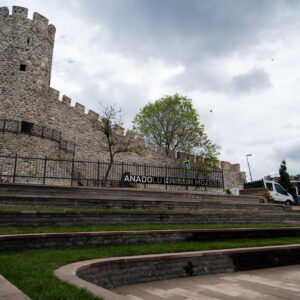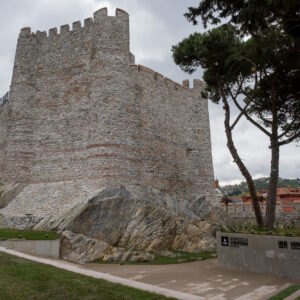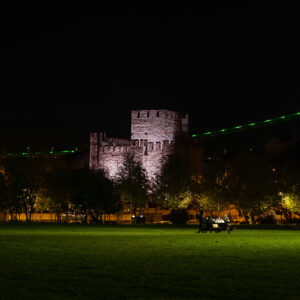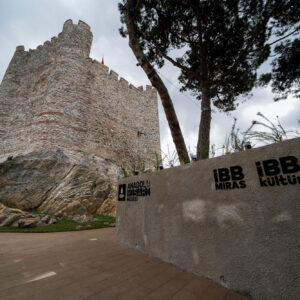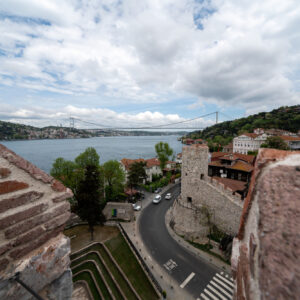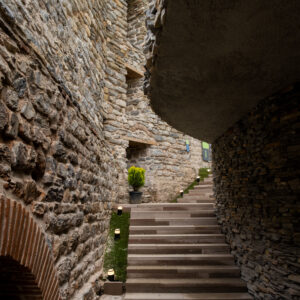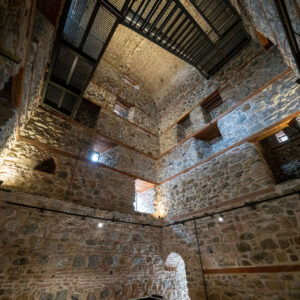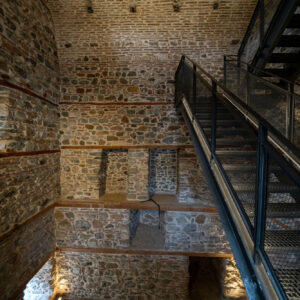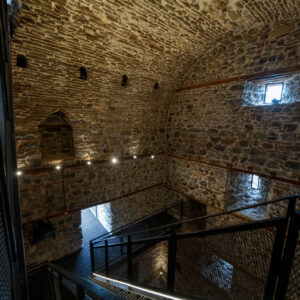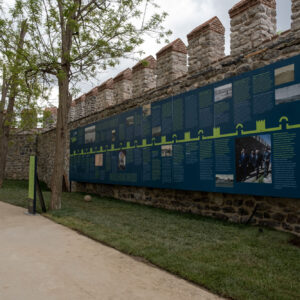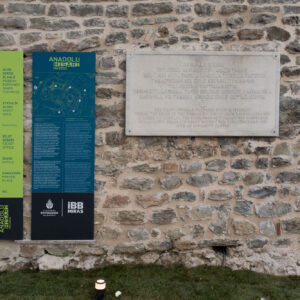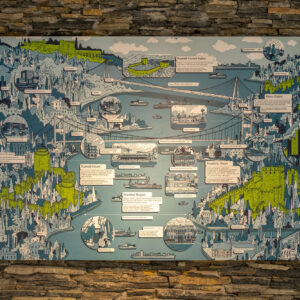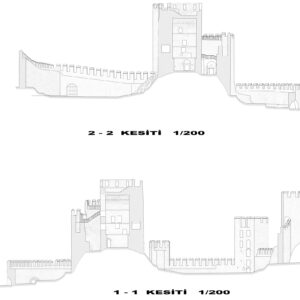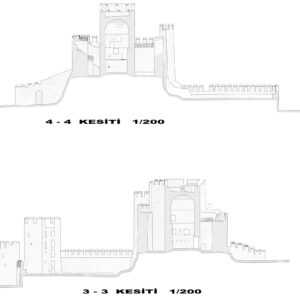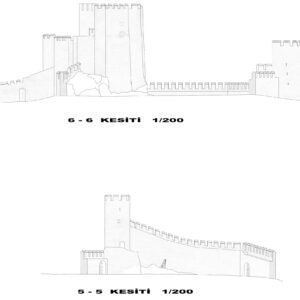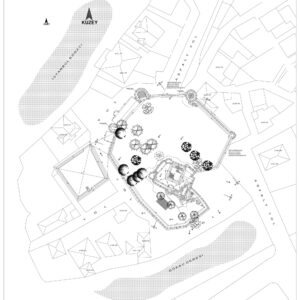- 12 May 2024
- 2419 defa okundu.
Anatolian Citadel Museum
The historical Hisar, which regained its former strength with the comprehensive restoration works of IBB Miras, was brought to Istanbul as the "Anatolian Citadel Museum" in the 100th anniversary of the Republic.
Anadolu Hisarı [Anatolian Citadel] has been watching over Istanbul for centuries at the point where Göksu Stream meets the Bosphorus. The monumental structure, which is the legacy of Yıldırım Bayezid to the city, heralded the great conquest in its nearly seven centuries of history; ensured security in the blue waters of the Bosphorus; witnessed the transformation of the city… The historical Hisar, which regained its former strength with the comprehensive restoration works of IBB Miras [IMM Heritage], was brought to Istanbul as the “Anadolu Hisarı Müzesi” [Anatolian Citadel Museum] in the 100th anniversary of the Republic.
Anadolu Hisarı, which preserves its historical and cultural importance due to its strategic role in the conquest of Istanbul as well as being the first Turkish fortress and the oldest Turkish structure in the city, was opened to Istanbulites with a new enthusiasm on the 570th anniversary of the great conquest and the 100th anniversary of the Republic.
In 2021, Anadolu Hisarı, which was taken into the most comprehensive restoration process in its history by IBB Miras together with the nearby Namazgâh [open-air prayer place], was preserved and carried to the future with the “museum city approach” adopted in other monumental buildings. In line with the project approved by the Scientific Committee consisting of Prof. Dr. Füsun Alioğlu and Prof. Dr. Feridun Çılı, the historical Hisar, primarily the heavily damaged Head Tower. was strengthened against the expected Istanbul earthquake with the restoration works carried out in line with universal conservation principles.
The restoration works at Anadolu Hisarı, one of the early examples of Ottoman military architecture, were realized with minimal intervention in harmony with the historical texture. While the original texture and elements were preserved only through maintenance, the sections that were damaged over time were reinforced with traditional materials and techniques. Cement-based materials left over from previous repairs and plants that had penetrated the structure over time were meticulously removed. Another prominent application in the restoration was the implementation of arrangements that opened the protected walkways to Istanbulites. In this way, the protected walkways in the Head Tower, which were opened to public use for the first time after a long time, offer visitors both a brand new Hisar experience and the pleasure of watching the view of the historical site overlooking the Bosphorus. The environmental and square arrangements carried out within the scope of the works integrated Anadolu Hisarı with the Göksu Stream and gave life to a much-needed public space in the region.
Aiming to make Anadolu Hisarı accessible to everyone in a multifaceted way with its viewing terraces, visiting points, café and event venues, IBB Miras aims to make Hisar a new attraction point for Istanbul with the experience-oriented areas designed within the concept project.
Anadolu Hisarı, which welcomed thousands of visitors with dozens of construction site tours organized with the principle of “open construction site” while it was still in the restoration phase, will welcome Istanbulites with culture and arts events towards the summer season; the city residents will witness the beauties of Hisar and the Bosphorus together…
ABOUT ANADOLU HİSARI MÜZESİ
Anadolu Hisarı was built in the 1390s during the reign of Sultan Yıldırım Bayezid as one of the preparations for the siege of Istanbul in order to prevent the aid to Eastern Rome from the Black Sea and to establish dominance in the Bosphorus.
Upon the completion of the construction of the Hisar, Yıldırım Bayezid sent an envoy to the Eastern Roman Emperor Manuel II and asked for the surrender of the city; as a result of the conditions accepted by the Emperor, castle wardens, guards and their families were settled in the Anadolu Hisarı; thus, a Turkish neighborhood was also created within the Hisar.
Mehmed the Conqueror built a “hisarpeçe” [curtain walls] on the Anadolu Hisarı in 1452 when he had the Rumeli Hisarı [Rumeli Citadel] built.
In the 16th and 17th centuries, Anadolu Hisarı continued to control navigation in the Bosphorus and was used to ensure security in the Bosphorus. It is known that the Hisar, which showed its last offensive mission against the Kozak attacks in this period, was also used as a prison for a period.
Since the mid-19th century, the Hisar has become dilapidated and its structural integrity has been damaged by the great earthquake in 1894, as well as the coastal road works and landscaping that started in 1928. In 2021, Anadolu Hisarı, which was taken under restoration by IBB Miras together with the nearby Namazgâh, was strengthened and protected in line with the universal protection principles of cultural assets, with traditional materials and techniques compatible with the original texture.
